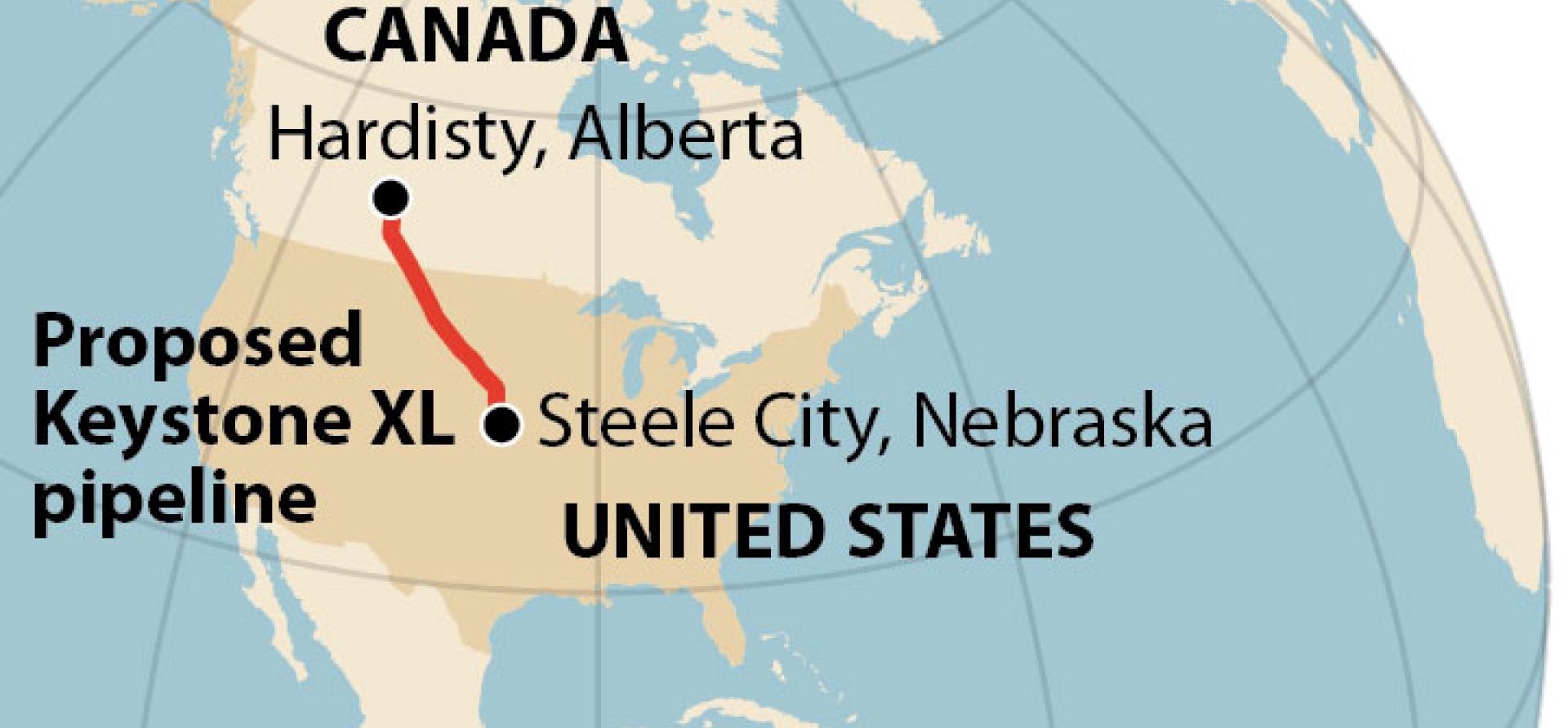IEEFA: Keystone XL project became another pipeline to nowhere

As the Federal Energy Regulatory Commission (FERC) reviews the public comments it recently received on its proposal to reconsider how it determines whether a gas pipeline should be granted a certificate of public convenience and necessity, it would do well to consider the cautionary tale of a massive fossil fuel infrastructure project, the Keystone XL oil pipeline. Investors should be on the alert as well.
Moody’s: companies failed to recognize regulatory processes, community opposition, and market signals
The inherent risks of both oil and gas pipeline project efforts in today’s energy market are significant. Moody’s Investor Services released a report in October 2020 presenting nine examples in which companies failed to recognize the implications of regulatory processes, community opposition, and market signals—and ultimately could not complete their projects. Factors included oil and gas prices, carbon emission issues, utility investment choices, community opposition, state and local political decision-making and the rapid pace of renewable energy growth. Moody’s concluded that new pipelines—including both oil and gas—come with the highest risks, and declared it would reserve its long-term credit rating judgment based on actual completion and operations of pipeline projects.
THE KEYSTONE XL PROJECT, PROPOSED TO RUN FROM ALBERTA THROUGH MONTANA, SOUTH DAKOTA and southern Nebraska, would have moved oil rather than gas, which meant it did not fall within FERC’s siting jurisdiction. But because it would have crossed the border between the United States and Canada, it was an international pipeline that required presidential approval.
Former President Barack Obama denied that approval. His successor, former President Donald Trump, reversed Obama’s approval before President Biden reversed Trump. All this was accompanied by machinations of government, court and community involvement.
TC Energy, the Keystone XL project’s sponsor, said the decision to scrap the project (rather than fight President Biden’s denial) was made after a “comprehensive review of its options” and “in consultation with its partner, the Government of Alberta.” Alberta reported that in 2020 it agreed to provide financial support to TC Energy for the project, stating that it contributed C$1.5 billion in equity investment in 2020 and provided a C$6 billion loan guarantee in 2021. The Alberta government acknowledges that, “Final costs to the government are expected to be materially within $1.3 billion, in alignment with previously disclosed costs.”
None of this should have been necessary.
IEEFA 2017: Keystone XL was a “singularly poor investment”
Back in 2017, IEEFA had reviewed the Keystone XL project from a financial perspective and noted a clear, fundamental problem. The oil sands that Keystone sought to link to refiners and export terminals along the Gulf Coast are economically viable only when oil prices stay at exceptionally high levels for a long time. Shifts in the energy economy away from fossil fuels and risks of strong opposition were also important factors to consider. IEEFA concluded that the Keystone XL was a “singularly poor investment.”
While Alberta had made its investment in the hopes of reaping long-term economic benefits, the oil industry was already in deep trouble in 2017, beset by bankruptcies of junior companies and, write-downs by major producers. The troubles continue to this day.
FERC SHOULD BE PAYING ATTENTION TO THIS, AS SHOULD INVESTORS.
A 2020 IEEFA report analyzed FERC’s conduct regarding three massive gas pipeline projects that had been proposed: The Constitution pipeline (Pennsylvania to New York and New England), the Northeast Supply Enhancement Project (Pennsylvania to New York) and the Atlantic Coast Pipeline (northern West Virginia to Virginia and North Carolina). In each case, the proposed pipeline had obtained FERC approval based on its conclusion that the project was “necessary,” yet all three were scrapped in 2020. Energy efficiency gains, options to reduce peak demand, improved competitiveness of renewable energy, and state and local policy initiatives trending away from fossil fuel dependency undermined the market rationale for these pipelines.
FERC’s excessively simplistic analysis of the projects had found “necessity” where the market did not.
Both investors and government oversight agencies must be far more rigorous in their examinations of the economic viability of major infrastructure projects, whether for oil or gas. Squandering investments and time on superfluous high-risk infrastructure projects that ultimately fail diverts resources from efforts that would be more likely to generate profits and stimulate genuine economic growth.
Suzanne Mattei ([email protected]) is an IEEFA energy policy analyst.
Tom Sanzillo ([email protected]) is IEEFA’s director of financial analysis.
Related items:
IEEFA U.S.: FERC neglects energy needs in pipeline decisions, May 2021.
Mountain Valley Pipeline Faces Uphill Struggle to Financial Viability, March 2021.
FERC’s Failure to Analyze Energy Market Forces: Risks to Ratepayers, Landowners and the Overall Economy, December 2020.















